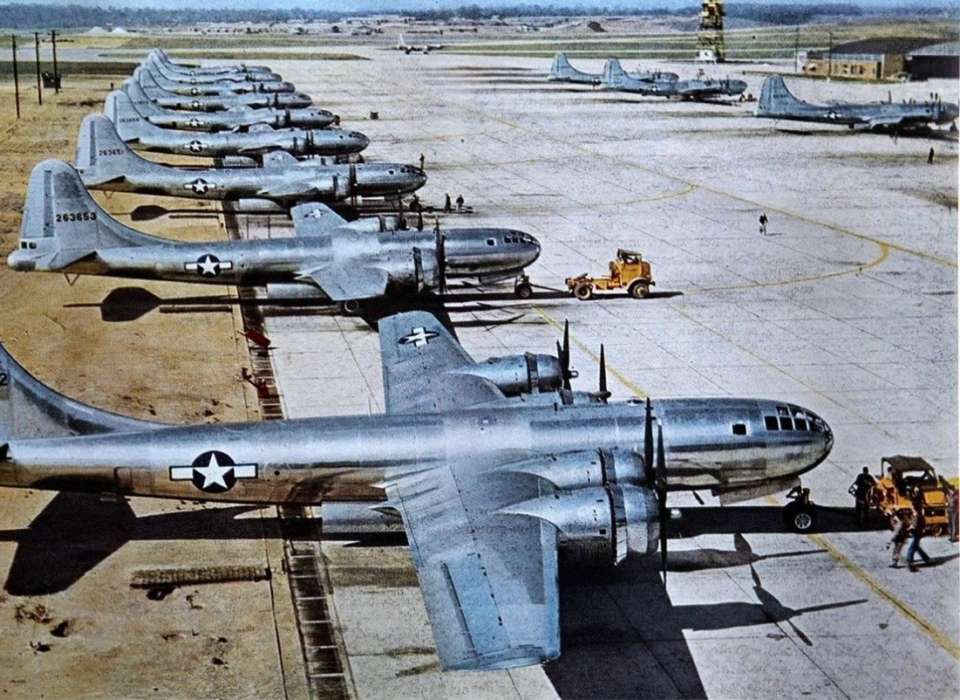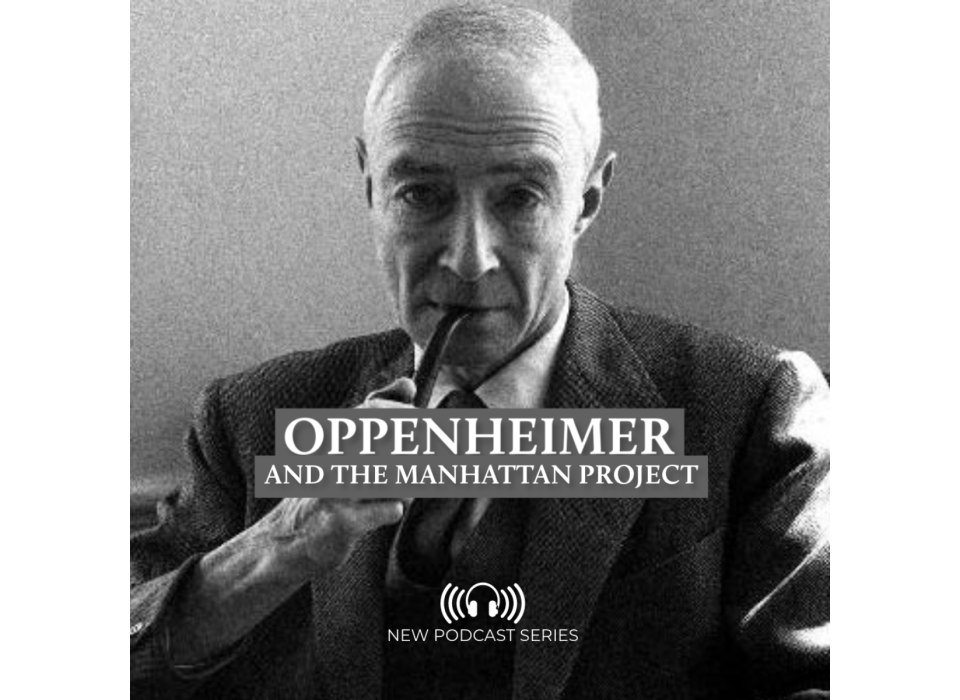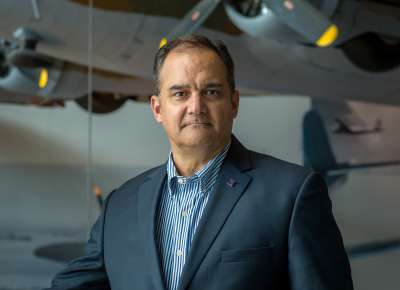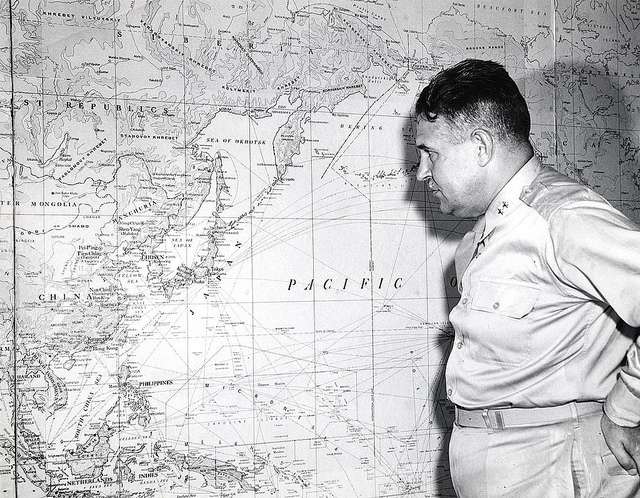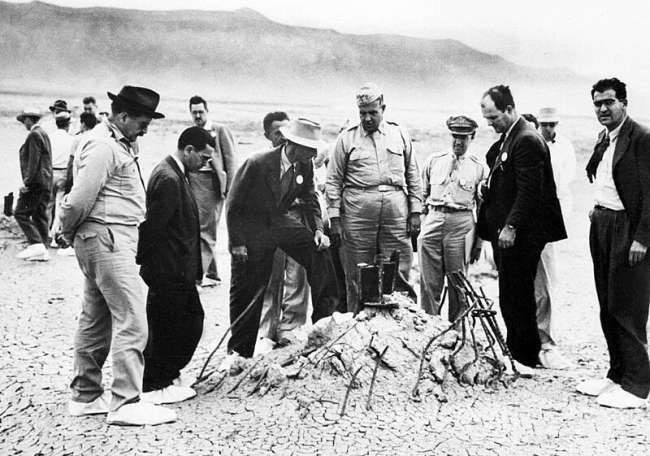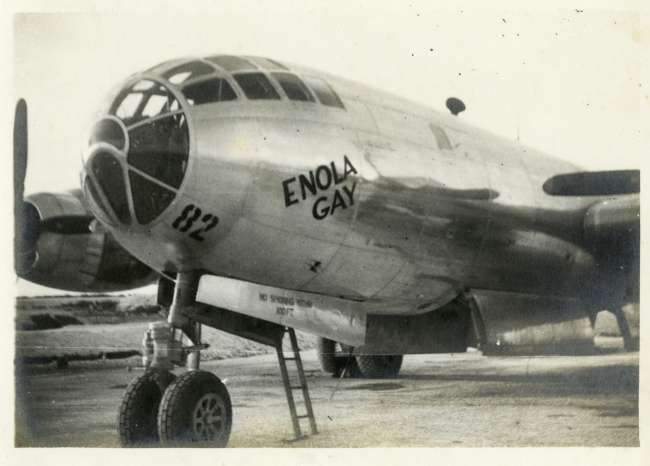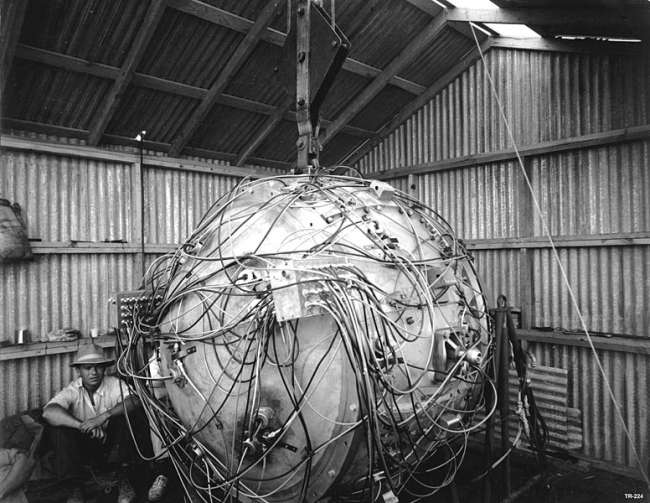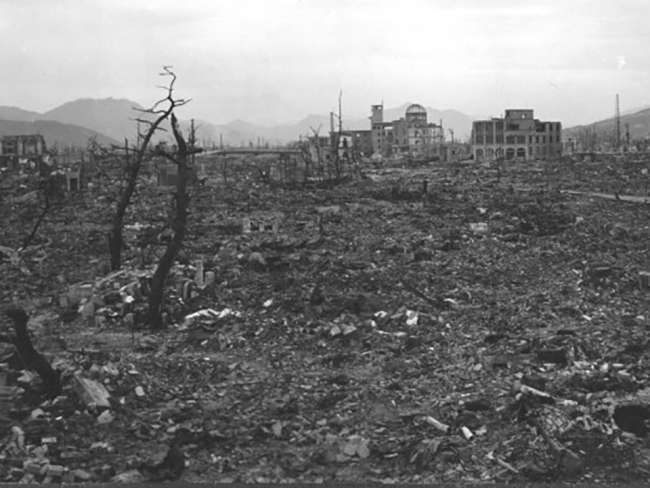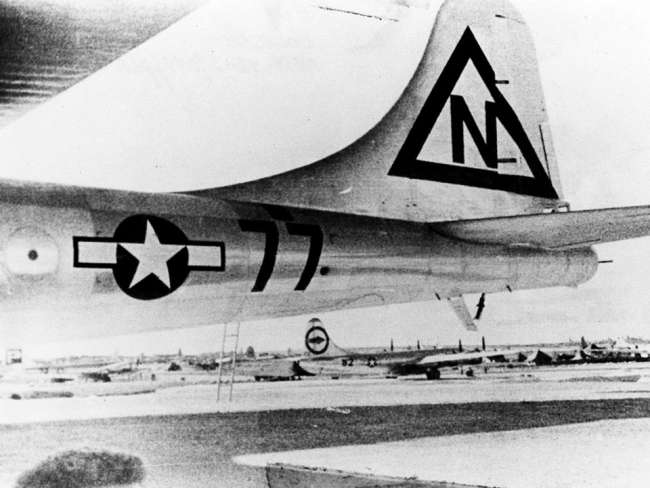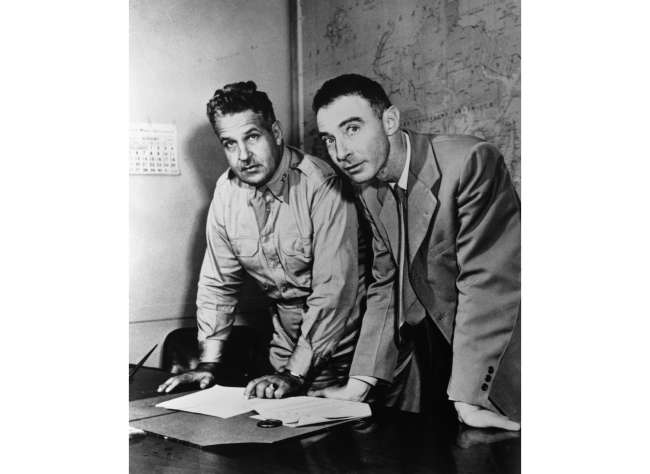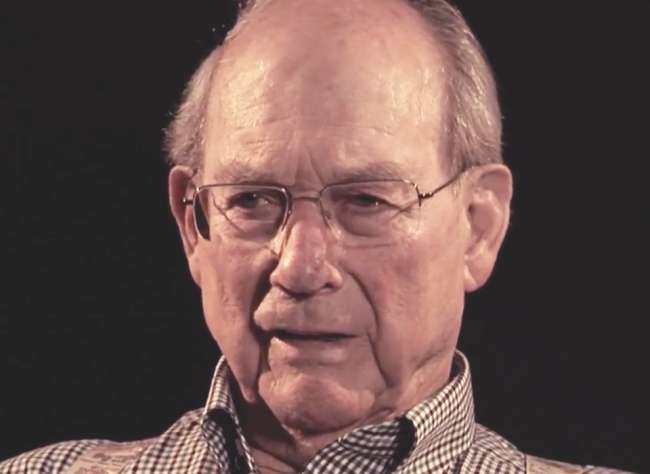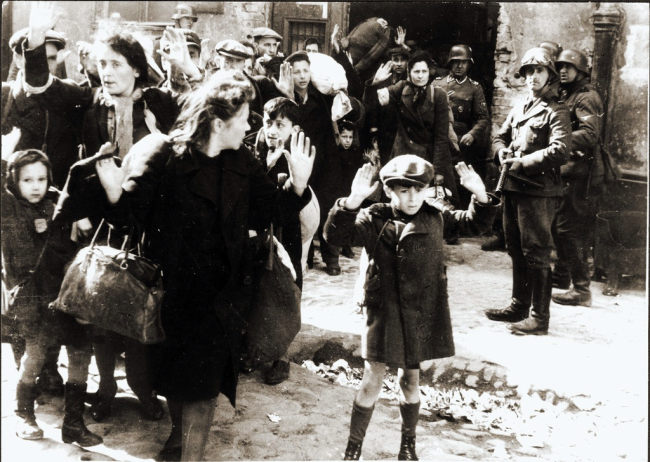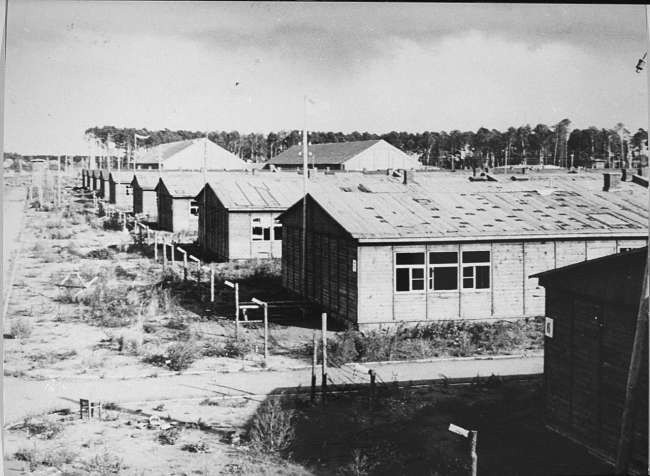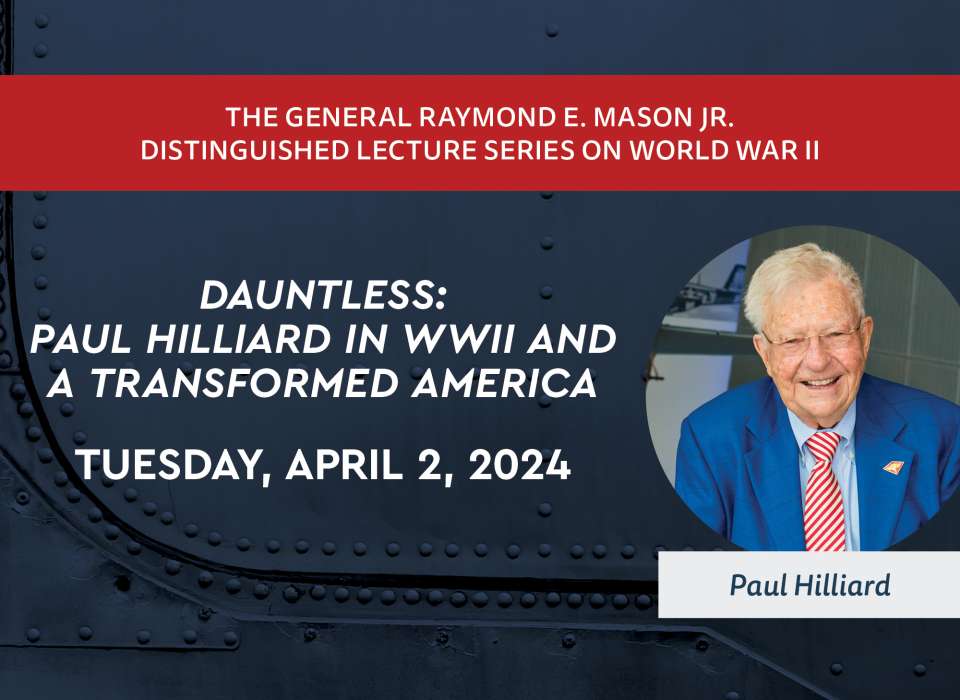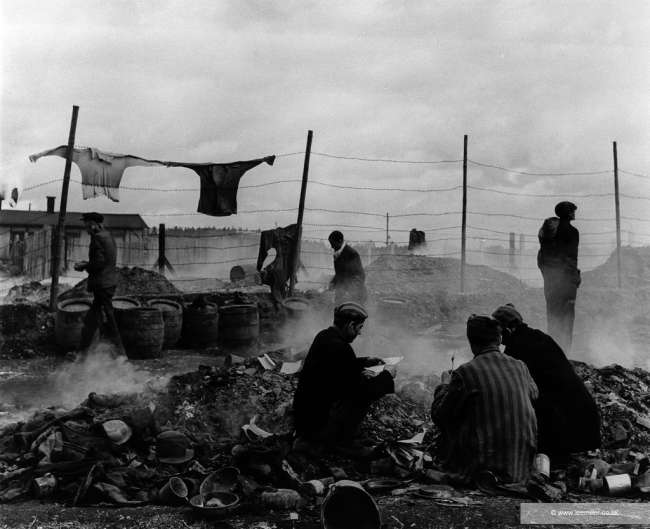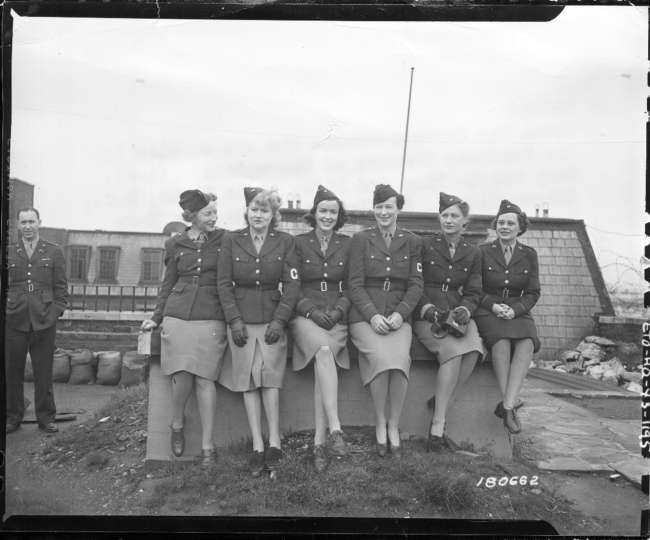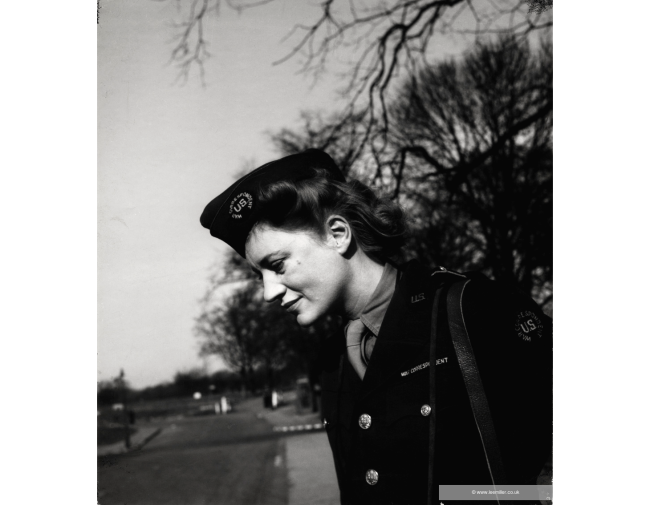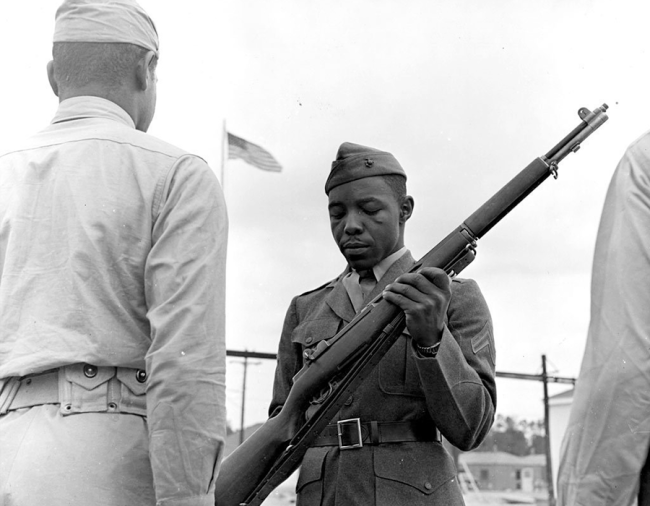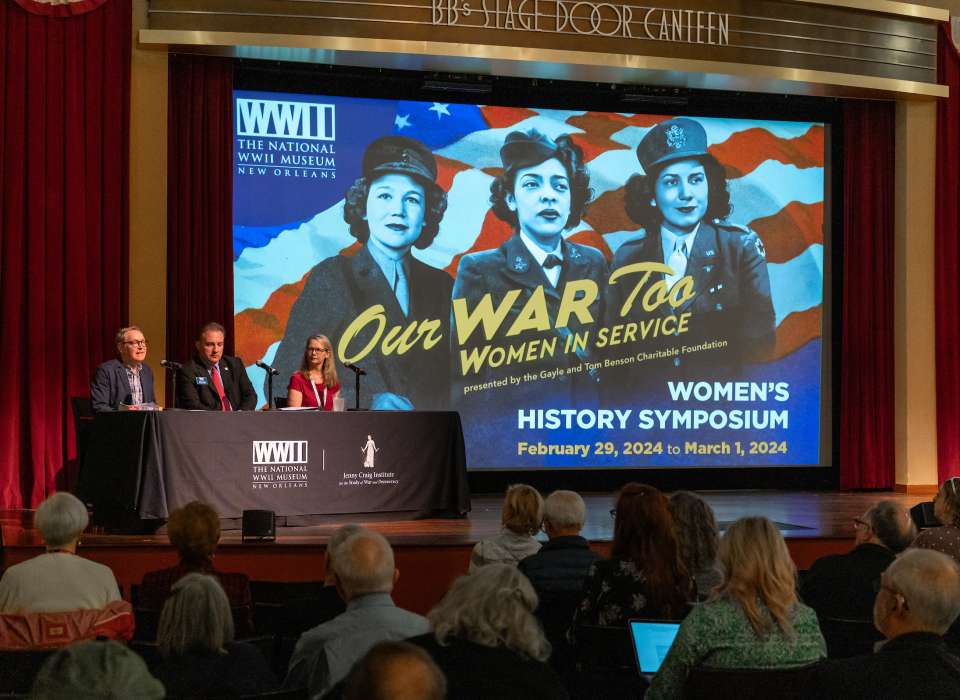Top Photo: Factory-fresh “Silverplate” B-29 bombers on the flight line. Note the distinct absence of the usual defensive turrets normally seen with two on the top and bottom of the fuselage. (USAF Photo)
The Boeing B-29 Superfortress is an iconic aircraft that symbolizes American ingenuity, capability, and aviation prowess. Its sleek, aerodynamic lines and cutting-edge technological features were a significant leap in aviation design. This sinusoidal shaped aircraft followed the B-17 and B-24 bombers used by the US Army Air Forces (USAAF). In January 1940, the Air Corps published a requirement for a bomber capable of flying at 400 mph and carrying 10 tons of bombs with a 2,500-mile combat radius. Eventually Boeing’s Model 345 design was approved by Air Corps Chief of Staff General Harley “Hap” Arnold on June 14, 1940, and the aircraft’s prototype made its first flight on September 21, 1942. The B-29 would not only require a significant amount of American aviation production capacity but would eventually become the nation’s single largest military expenditure of the war: With the Manhattan Engineer District (MED) costing the American taxpayer $2 billion, the B-29 program far surpassed that figure with a price tag of $3 billion.
Despite the plane’s technological innovations such as remote-control turrets, computerized targeting, pressurized cabins, powerful new engines, flush riveting, and butt-jointed skin, the innovative design was also rife with technical issues. At the time, USAAF Major General Curtis LeMay, who masterminded the Tokyo firebombing raids and was head of XXI Bomber command, said of the plane: “The B-29 had as many bugs as the entomological department of the Smithsonian. Fast as the bugs got licked, new ones crawled out from beneath the cowling. … If you ever saw a buggy airplane, this was it.” Despite these initial drawbacks the B-29 eventually proved to be a lethal and effective aircraft over the skies of Japan.
As B-29 production was ramping up, the MED under Major General Leslie Groves and J. Robert Oppenheimer initiated work at the Las Alamos Scientific Lab in New Mexico. While these men and their team of scientists, physicists, and engineers looked to split the atom, another team at Los Alamos addressed the integration of a fission-based weapon with a delivery vehicle. Group E-7 of the Ordnance Department under Norman Ramsey had a rough understanding of the possible weight and dimensions of the weapons under development. They quickly surmised that only two aircraft were capable of carrying a fission-based bomb weighing in at ten tons. The troublesome new B-29 certainly had the capacity and range for such a weapon, but so too did the proven British Avro Lancaster. But the British design was quickly dropped from consideration for two reasons: First, the bomb bay was too narrow to accommodate the envisioned weapon. Second, Arnold refused to allow any aircraft other than an American design to carry an atomic bomb.
The B-29 'Silver Plated Project'
Supporting the integration effort, in December 1943, USAAF Headquarters directed that Material Command at Wright Army Airfield in Dayton, Ohio, begin modifying a single B-29 for a secret purpose; a sole B-29 flew from Smoky Hill Army Airfield in Kansas to Dayton to become the first airframe in what was called the “Silver Plated Project.” Eventually shortened to just “Silverplate,” these modified B-29s were significantly different from those conducting conventional bombing raids over Japan. Given the expected explosion, shockwave blast, and radiation from the attack, the Silverplate B-29s required a higher performance envelope in addition to a modified bomb bay to carry the weapon.
The first Superfortress designated for modification was B-29-5-BW-42-6259. Upon receipt of the aircraft at Wright Field it was immediately modified to the carry the “Thin Man” plutonium-based bomb. While this weapon proved to be a failure, it was the impetus for the first Silverplate. The planned bomb was 17 feet long and unable to fit into either of the B-29’s two bomb bays. As a result, the center fuselage section on the bomber’s belly was removed, as well as the usually mounted radome that sat between the two sets of bomb bay doors. Just under the wing spar, a separate bomb suspension system was needed to secure the weapon into the modified fuselage. However, first tests of this configuration conducted at Muroc Field in California in March resulted in damage to the bay doors, requiring the bomber to return to Wright Field for repair. While a new suspension system was devised, test flights in June 1944 were suspended when Los Alamos personnel realized the futility of the Thin Man design.
The uranium-based bomb known as “Little Boy” was much shorter at only 10 feet, with a diameter of 28 inches. However, it weighed in at 9,700 pounds, near the maximum limit of the B-29’s payload capacity. While Little Boy could easily fit into a single bomb bay, aircraft 42-6259 was returned to its original two-bomb configuration but required a different and more robust release system. This same bomb bay configuration also accommodated the second plutonium design known as the “Fat Man.” After these modifications, the prototype Silverplate B-29 flew to Wendover Army Airfield in Utah and was assigned to the 216th Base Unit. Wendover was a desolate location often referred to derisively by airmen as “Leftover Field.” Despite its remoteness, the location was nearer to Los Alamos and more convenient for the planes used in MED-related testing. Aircraft 42-6259 continued as a test bed until it was damaged in a landing accident in late 1944 and scrapped in 1948.
However, in August 1944, the second phase of Silverplate began with B-29s constructed at the Glenn L. Martin Aircraft Plant in Omaha, Nebraska (the building still sits today on Offutt Air Force Base). These 17 aircraft, copies of 42-6259, began to arrive at Wendover in October. Once this new batch of aircraft arrived, maintenance crews began to remove the upper and lower turrets to lighten the plane’s overall weight. Three of these airframes were used specifically for Los Alamos test programs helping design bomb components and build ballistic tables. The other 14 were used by the 509th Composite Group for aircrew training. Formed under Lieutenant Colonel Paul Tibbets on December 17, 1944, 509th crews became familiar with these new airframes, flying training missions over the American southwest. In January 1945, Tibbets, along with Los Alamos representatives, met with Boeing engineers to discuss further modifications to the existing Silverplate program. Based upon the mission profiles flown in support of MED testing, additional changes were suggested and incorporated into the third phase of Silverplate development.
After the January meeting, Tibbets visited Wright Field to arrange this next batch of aircraft. However, instead of modifying the current fleet, the Martin Plant in Omaha, under the auspices of Project 98228-S, provided 20 new Silverplate aircraft that incorporated the discussed changes. With these modifications, this third batch of aircraft were significantly different from the first two, especially the installation of new engines. The Wright R-3350-41 incorporated better cooling, fuel injection, and improved fuel and manifold systems. Mounted on the -41 engines were new propellers with reverse pitch capability, allowing the plane to improve power braking when landing. Additionally, the bomb bay doors used pneumatic actuators, replacing the slower hydraulic system and allowing for a shorter transition period when opening and closing the doors. Just as the crews at Wendover had removed the defensive turrets, this armament was also omitted as part of Phase III, with aircraft rolling off the production line retaining only the rear gunner’s armament.
Perhaps most importantly, the bomb bay was now fitted with an H-frame structure with improved sway braces that accommodated both Little Boy and Fat Man. The bomb bays also included both a dual electric and manual release system for the payload as it sat in the forward bay. Connected to these bomb-related modifications, a new crew position was also created. Just behind the radioman’s seat, an electronics test officer station was installed. This new crewman monitored the various electronic equipment and cables associated with the bomb once airborne. For the atomic raids, this crewman and an assistant fully armed and prepared the weapon for use.
These modifications were required not only to deliver the bomb over Japan but also, perhaps more importantly, to make good the egress of the plane and crew from the target area once the weapon was delivered. The B-29 is a large aircraft, with a 141-foot wingspan and a 99-foot fuselage, and weighing 105,000 pounds. Despite this large size, after release of the weapon, the aircrew was to execute a 155-degree diving right turn at a 60-degree angle of bank. While losing 1,700 feet of attitude, the plane’s engines also had to be flown at full tilt to give the crew a 10-mile separation from the point of impact. The lightening of the load, the more powerful engines, and the quick cycling of the weapons bomb bay door were all important factors in putting as much space as possible between the bomber and bomb.
Delivering the Atomic Bombs
At Tinian, the 509th had a complement of 15 Silverplates and conducted orientation, training, and combat missions before the atomic attacks. Many of the crews dropped what was referred to as “pumpkin” bombs that were the same dimensions of the Fat Man but had similar ballistic characteristics. However, instead of fissionable material, these bombs were loaded with conventional explosives and weighed only 6,300 pounds. In addition to training missions, 509th aircrews also flew 51 combat sorties over Japan armed with the pumpkins. All of the planes involved in the atomic attacks of August 6 and 9 were Phase III Silverplates. While the atomic attack itself required only one bomber, the planned missions involved multiple aircraft. The Enola Gay mission that dropped Little Boy on Hiroshima included six other Silverplate airframes that either carried scientific instruments measuring effects of the blast, served as weather reconnaissance platforms, were assigned photographic responsibilities, or stood by as backup platforms. The Bockscar mission dropping Fat Man on Nagasaki was also planned to have six Silverplates but failed to rendezvous with its assigned photographic escort.
There would be two more phases of Silverplate production for a total run of 64 aircraft. These special bombers were in use for six years, serving as America’s sole platform for atomic weapons following the war. Assigned to the US Air Force’s Strategic Air Command, they remained in frontline service until 1949 when they were finally replaced by the B-50 and B-36 Peacemaker bombers. Until these new airframes were available, the handful of Silverplates were flown regularly and by the time of their retirement were described as “quite weary.” Until their removal from the inventory, they provided a yeoman service during a key time in American history. Not only were they weapons of war, but they served as symbols of American military might and resolve.
References
Charles Sweeny, War’s End: An Eyewitness Account of America’s Last Atomic Mission. Avon Books, 1997.
Curtis LeMay and Bill Yenne, Superfortress. Berkeley Books, 1989.
Richard H. Campbell, The Silverplate Bombers: A History and Registry of the Enola Gay and other B-29s Configured to Carry Atomic Weapons. McFarland Publishing, 2005.
Robert A, Mann, The B-29 Superfortress Chronology 1934-1960. McFarland Publishing, 2009.
Paul Tibbets, Enola Gay. Enola Gay Remembered Incorporated, 1998.
New Podcast Series: Oppenheimer And The Manhattan Project
The National WWII Museum presents the newest season of its podcast, "World War II On Topic: Oppenheimer and the Manhattan Project." Episodes are available weekly starting July 24 on Apple Podcasts, Spotify, and SoundCloud.
John Curatola, PhD
John Curatola is the Samual Zemurray-Stone Senior Historian at the National World War II Museum in New Orleans, Louisiana.
